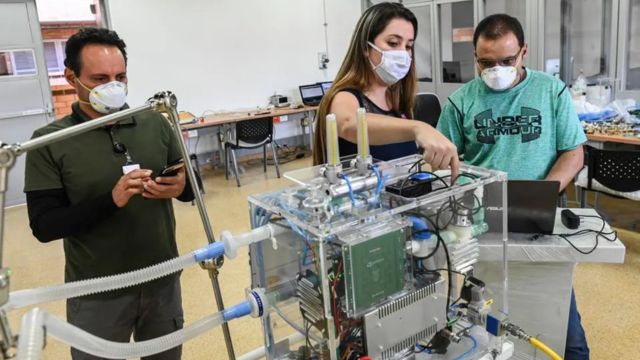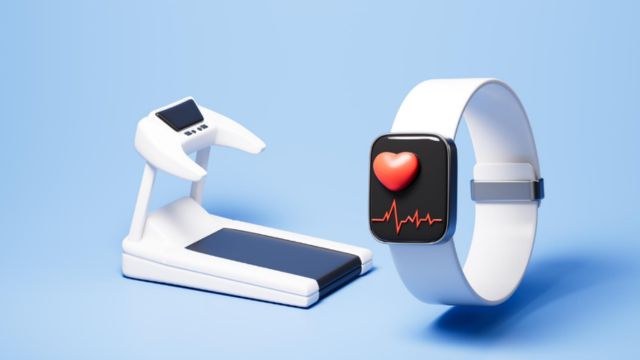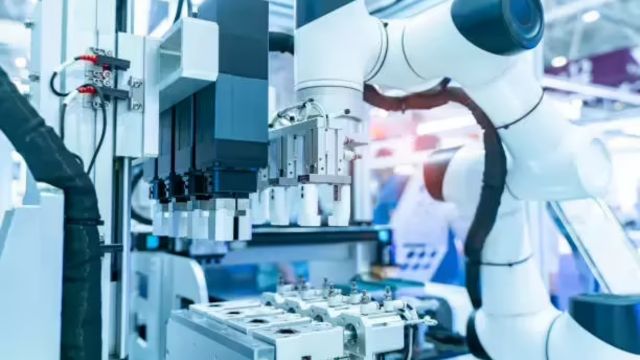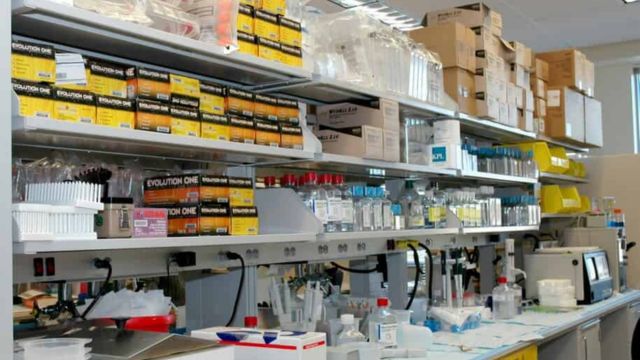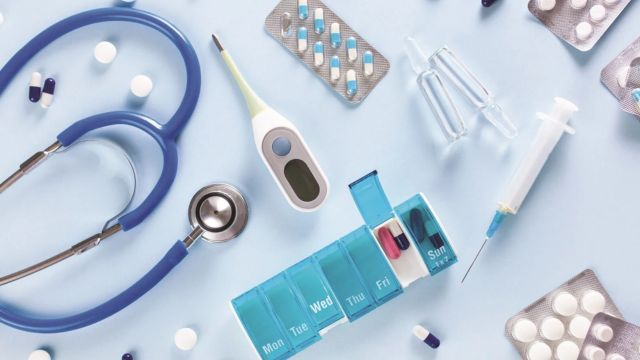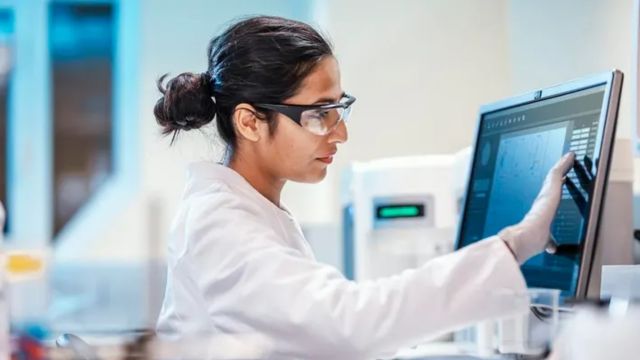Healthcare disparities are variations in the quality of health and healthcare among several groups. Socioeconomic level, region, colour, ethnicity, and access to healthcare services all help to create these differences. Particularly in underdeveloped areas, clinical engineering is quite important in addressing these discrepancies by offering creative ideas to enhance healthcare delivery. Essential in diagnosis, monitoring, and treatment of patients, clinical engineers build, manage, and maintain medical equipment. By means of these initiatives, clinical engineering facilitates the bridging of disparities in quality, cost, and access to healthcare.
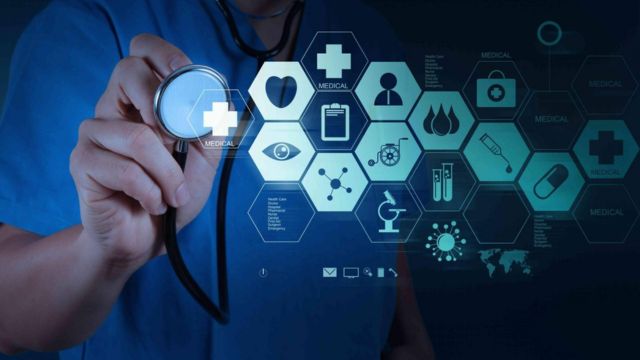
- Increasing Healthcare Technology Access
Inequalities in medical device and technology access are one of the main causes of global healthcare inequities. Especially in low-resource environments, clinical engineers are indispensable in ensuring that medical equipment is available, effective, and appropriately maintained in hospitals and clinics. For example, clinical engineers repair and maintain outdated medical equipment in rural locations or poor nations where modern tools may be lacking. This approach guarantees that healthcare personnel may give the best possible treatment with limited resources as well as helps prolong the lifetime of current equipment. Clinical engineers help hospitals run at more capacity and meet the demands of underprivileged populations by controlling tools such as surgical instruments, diagnostic machines, and ventilators. - Simplifying Medical Device Prices
Many times, the cost of purchasing sophisticated medical technologies is prohibitive. Through sensible approaches, clinical engineering helps to reduce this problem by economy. Choosing cost-effective or open-source substitutes helps clinical engineers make sure that necessary medical equipment is accessible without the heavy cost tag. Furthermore, the creation of more reasonably priced gadgets usually depends much on clinical engineers. They ensure that the gadgets still satisfy the necessary criteria of safety and efficacy while working with manufacturers to maximize designs and technologies, thus fitting for lower-income markets. - Equipping Local Medical Professionals
Lack of qualified people able to run and maintain medical equipment is a major obstacle to healthcare access. Clinical engineers provide local healthcare professionals training courses to help with this problem. Many times, clinical engineers work with hospitals to offer virtual or on-site equipment management and troubleshooting instruction. This helps healthcare professionals in underdeveloped and rural areas to become competent in operating and maintaining necessary medical technologies, therefore lowering reliance on outside personnel and guaranteeing that equipment stays in excellent working order. Through empowering local employees, clinical engineers help to create sustainable healthcare infrastructure capable of serving communities far after their original interventions. - Remote healthcare solutions and telemedicine
Telemedicine has evolved into a crucial instrument for delivering healthcare in areas with limited physical healthcare facility access following the COVID-19 epidemic. Development and maintenance of the required technology for telemedicine—such as remote monitoring devices, video consultation systems, and telehealth software—has been greatly aided by clinical engineering, therefore facilitating this shift. Improving telemedicine infrastructure helps clinical engineers enable doctors to diagnose and treat patients without physical visits, therefore making healthcare services more accessible to remote and rural communities. For those who live in places where there are either few or too far-off healthcare facilities, this has especially proven beneficial. - Backing Research and Public Health Projects
Clinical engineers help greatly with public health projects and studies meant to lower healthcare inequities. Working with public health agencies, they create and apply medical technology addressing particular healthcare issues such infectious diseases, mother health, and chronic conditions. In resource-constrained environments, for instance, clinical engineers assist design of diagnostic tools capable of fast disease identification including malaria, TB, and HIV. They also help to create low-cost, portable diagnostic instruments fit for use in mobile healthcare units and rural clinics. - Improving Design of Healthcare Facilities
Effective and fair treatment of healthcare depends much on the architecture and design of the facilities. Clinical engineers help to build medical facilities more suited to serve underprivileged groups. Clinical engineers help to guarantee that resources are spent efficiently and that facilities can offer best treatment by carefully planning the integration of medical devices and technologies into healthcare environments. Clinical engineers also strive to maximize hospital waste management, control energy use, and raise the general operational effectiveness of healthcare buildings. Apart from enhancing patient outcomes, these initiatives help to create a more affordable and environmentally friendly healthcare system.
In conclusion
Through better access to medical technology, more inexpensive devices, and improved healthcare infrastructure, clinical engineering is essential in helping to solve worldwide healthcare inequalities. Clinical engineers support public health projects, training local healthcare providers, and creative ideas in remote locations to help build a more fair healthcare system capable of meeting the requirements of many communities. Their efforts guarantee that those most in need of quality treatment have it as well as help to close gaps in healthcare access.
Our goal at JandJ Supplies is to provide essential knowledge on clinical engineering developments, medical supplies, & most recent healthcare technologies. Keep educated on how these technologies are driving more fair solutions and changing world healthcare. Subscribe to our newsletter or contact us for any questions to get more updates and insights.
FAQ Section
What role do clinical engineers play in healthcare facilities?
Clinical engineers design, maintain, and manage medical equipment in healthcare facilities. They ensure that devices are properly functioning, helping improve patient care and safety.
How do clinical engineers contribute to reducing healthcare disparities?
By ensuring that medical equipment is accessible, affordable, and well-maintained, clinical engineers help improve healthcare access in underserved and resource-limited areas.
What types of devices do clinical engineers work with?
Clinical engineers work with a wide range of devices, including diagnostic equipment, ventilators, surgical tools, imaging devices, and telemedicine technologies.
Can clinical engineers help in the development of affordable medical devices?
Yes, clinical engineers collaborate with manufacturers to design cost-effective medical devices that meet the needs of lower-income populations while ensuring quality and safety.
How do clinical engineers support telemedicine?
Clinical engineers maintain and develop the technology needed for telemedicine, including remote monitoring devices and video consultation systems, making healthcare more accessible to remote areas.

